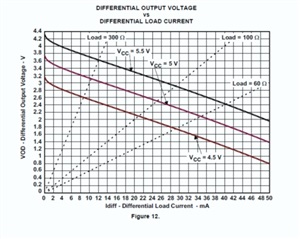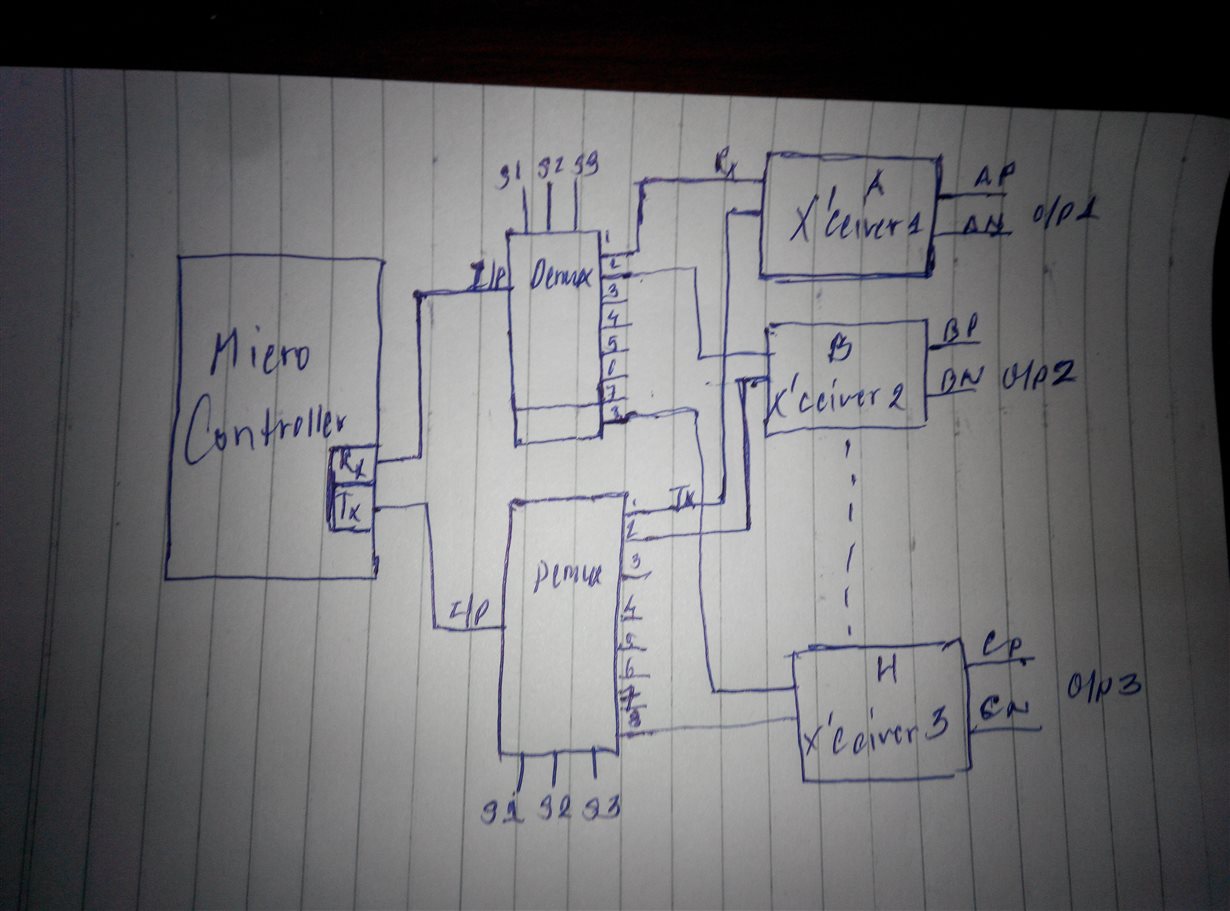Hi All,
I have an industrial project where there will be one master controller connected to six (6) slave controllers. The physical location of the plant is such that it would be very much feasible for me to connect the slaves with the master in star topology as below.
The distance would approx. be equal to 600 meters.
I know that RS485 and Modbus both are serial bus topology but is there any way I can make a star connection come true? What care do I need to take in order to avoid reflections? What maximum speed that can be achieved? Termination resistors? Will master be overloaded if each wing in the star is terminated? Is termination actually required?
Is there any way I can MUX the slaves?
I am looking for a very robust solution.
Thank you,
Rahul




